All Science
 First LookCan mathematics help solve conspiracy theory debates?
First LookCan mathematics help solve conspiracy theory debates?A physicist at Oxford University developed a mathematical equation to derive the truth of conspiracy theories, and it all comes down to the number of people involved.
 First LookNASA's Opportunity rover shatters expectations with 12 years on Mars
First LookNASA's Opportunity rover shatters expectations with 12 years on MarsWhen the rover Opportunity landed on Mars in 2004, it was supposed to last for three months. But twelves years later, Opportunity is still exceeding expectations.
 What an 'orphan' planet can tell us about how star systems form
What an 'orphan' planet can tell us about how star systems formThe farthest-orbiting exoplanet has been discovered by astronomers.
 Is oil actually good for sea life?
Is oil actually good for sea life?Where oil seeps naturally from the seabed and bubbles up to the surface, phytoplankton thrive, according to new research. But this doesn't mean that oil, wherever it comes from, is always a biological boon.
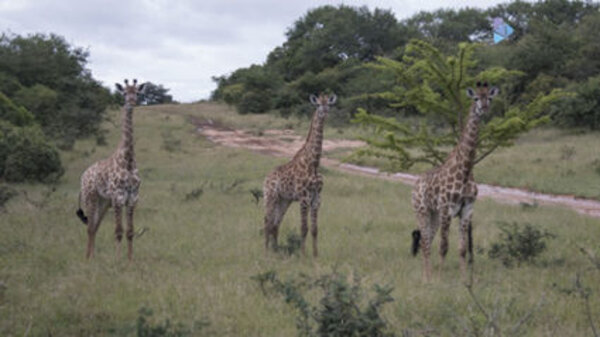 First LookOmo no more? Tanzania's white giraffe could get a new name.
First LookOmo no more? Tanzania's white giraffe could get a new name.Omo is a rare white giraffe, which also makes her a target for poachers. But giraffe poaching doesn't get the attention that elephants and rhinos receive.
 How Marvin Minsky revolutionized artificial intelligence
How Marvin Minsky revolutionized artificial intelligenceRenowned artificial intelligence pioneer Marvin Minsky died Jan. 24. His insights into human intelligence will have a lasting impact on the field of artificial intelligence.
 First LookDoes natural variation explain record heat? 'Extremely unlikely,' scientists say.
First LookDoes natural variation explain record heat? 'Extremely unlikely,' scientists say.The odds that 13 of the 15 warmest years measured in the last 150 years could have resulted from natural causes are better than the press has previously reported, but still extremely slim, according to statistical analysis.
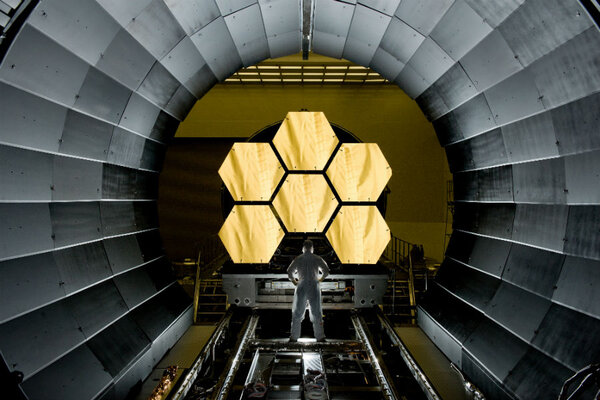 Hubble's successor: Why do we need an $8 billion telescope?
Hubble's successor: Why do we need an $8 billion telescope?The James Webb Space Telescope will be the most powerful space telescope ever made, and is being built to explore the history of the universe.
 Those record hot years were almost certainly manmade, scientists say
Those record hot years were almost certainly manmade, scientists sayThirteen of the 15 warmest years occurred between 2000 and 2014, records that are extremely unlikely to have been broken were it not for human activity, say scientists.
 First Look30 years after Challenger disaster, what have we learned?
First Look30 years after Challenger disaster, what have we learned?The anniversary of one of NASA's greatest tragedies is an annual reminder that space exploration is risky and that the space program faces the same challenges as any other government agency.
 Is this the earliest evidence of human warfare?
Is this the earliest evidence of human warfare?Archaeologists in Kenya have unearthed a 10,000-year-old mass-homicide scene, raising questions about the origins of human warfare.
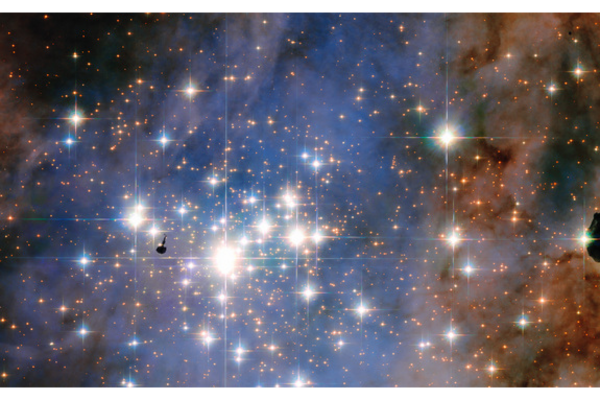 Spectacular new Hubble photo shows 'Trumpler 14' star cluster
Spectacular new Hubble photo shows 'Trumpler 14' star clusterA new image from the Hubble Space Telescope shows Trumpler 14, a collection of about 2,000 young stars some 8,000 light-years from Earth.
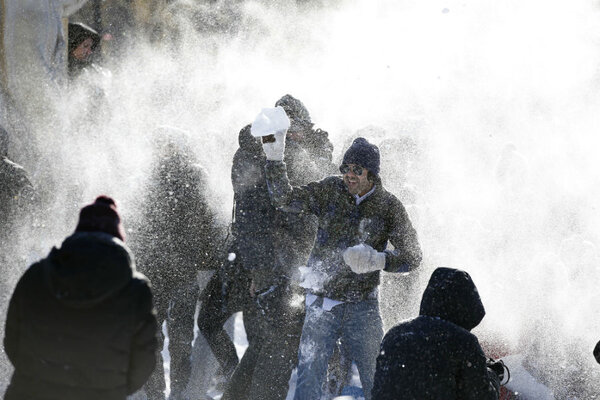 Number of blizzards doubled in past 20 years, researcher says
Number of blizzards doubled in past 20 years, researcher saysA Ball State University geographer says the rise in blizzards may be traced to sunspotting, a phenomenon in which dark circles expand on the sun in conjunction with the influx of its magnetic field.
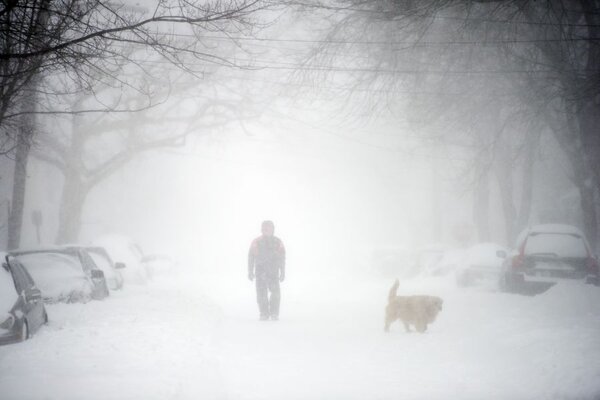 Exactly how big was the East Coast blizzard?
Exactly how big was the East Coast blizzard?Tallying storm totals is an imperfect science that still relies on rulers. But some meteorologists take human impact into account when comparing top blizzards.
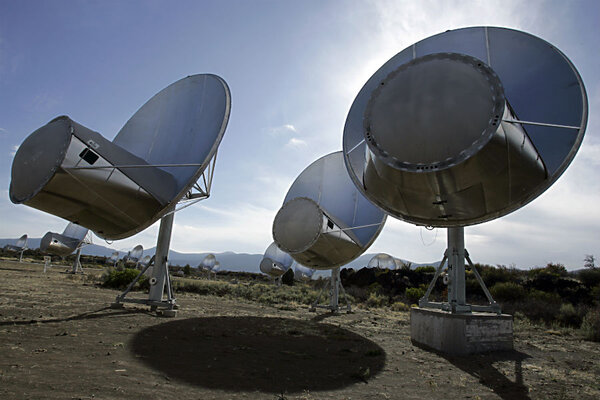 Are aliens hard to find because they're extinct?
Are aliens hard to find because they're extinct?A new study suggests that aliens could have been common throughout the universe, but that evolution proved too difficult for most life to survive.
- What that mega blizzard looks like from space
Several states have declared a state of emergency, with New York City Mayor issuing a travel ban at noon Saturday.
 How the Namib Desert beetle could help stop frost on airplanes
How the Namib Desert beetle could help stop frost on airplanesA Namib Desert beetle helped scientists unlock the key to preventing or slowing frost. The solution is the latest in a growing trend of nature-inspired technology.
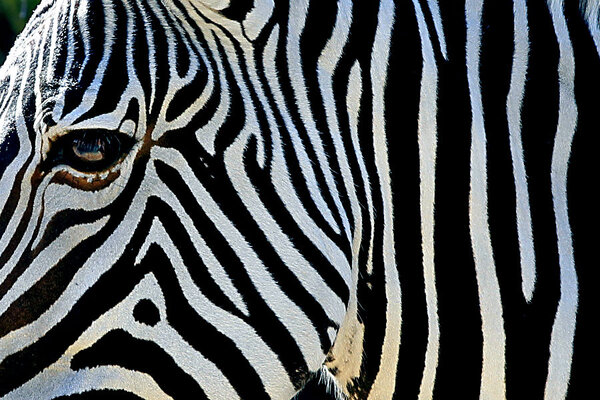 Why do zebras have stripes? It's not for camouflage, say scientists.
Why do zebras have stripes? It's not for camouflage, say scientists.New research appears to discredit the age-old theory that zebras' stripes help them evade predators. But if this hypothesis no longer holds up to scrutiny, what alternatives exist?
 First LookSaving humanity from killer robots starts today, say scientists
First LookSaving humanity from killer robots starts today, say scientistsThe wonders of artificial intelligence are being celebrated at this year's World Economic Forum meeting, but potential dangers are also being explored.
 First LookIn historic first, scientists weave nanomaterials into 3-D nanofabric
First LookIn historic first, scientists weave nanomaterials into 3-D nanofabricResearchers hope the resulting nanofabric, or covalent organic framework, could one day be used in carbon sequestration.






















